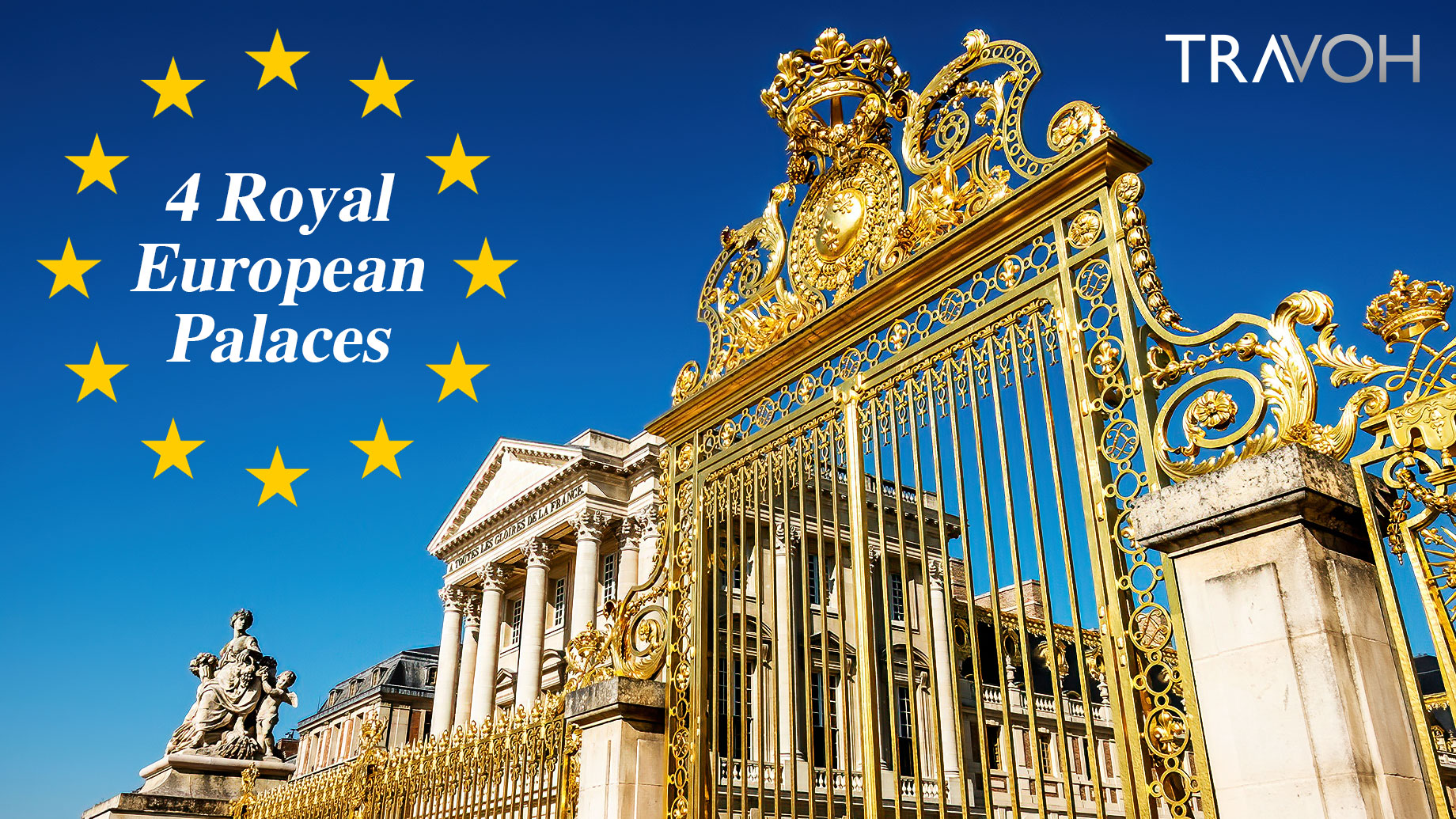
Palaces have long been symbols of power and opulence, reflecting the wealth and influence of the royal families that once ruled Europe. These architectural marvels have survived the test of time and continue to enchant visitors with their grandeur and beauty. Europe is home to some of the most remarkable palaces in the world, each with its unique history and architectural style. This article will explore four of these magnificent palaces in the European Union: the Royal Palace of Madrid, Pena Palace, the Palace of Versailles, and the Hofburg Palace.
The Royal Palace of Madrid: Spain’s Regal Residence
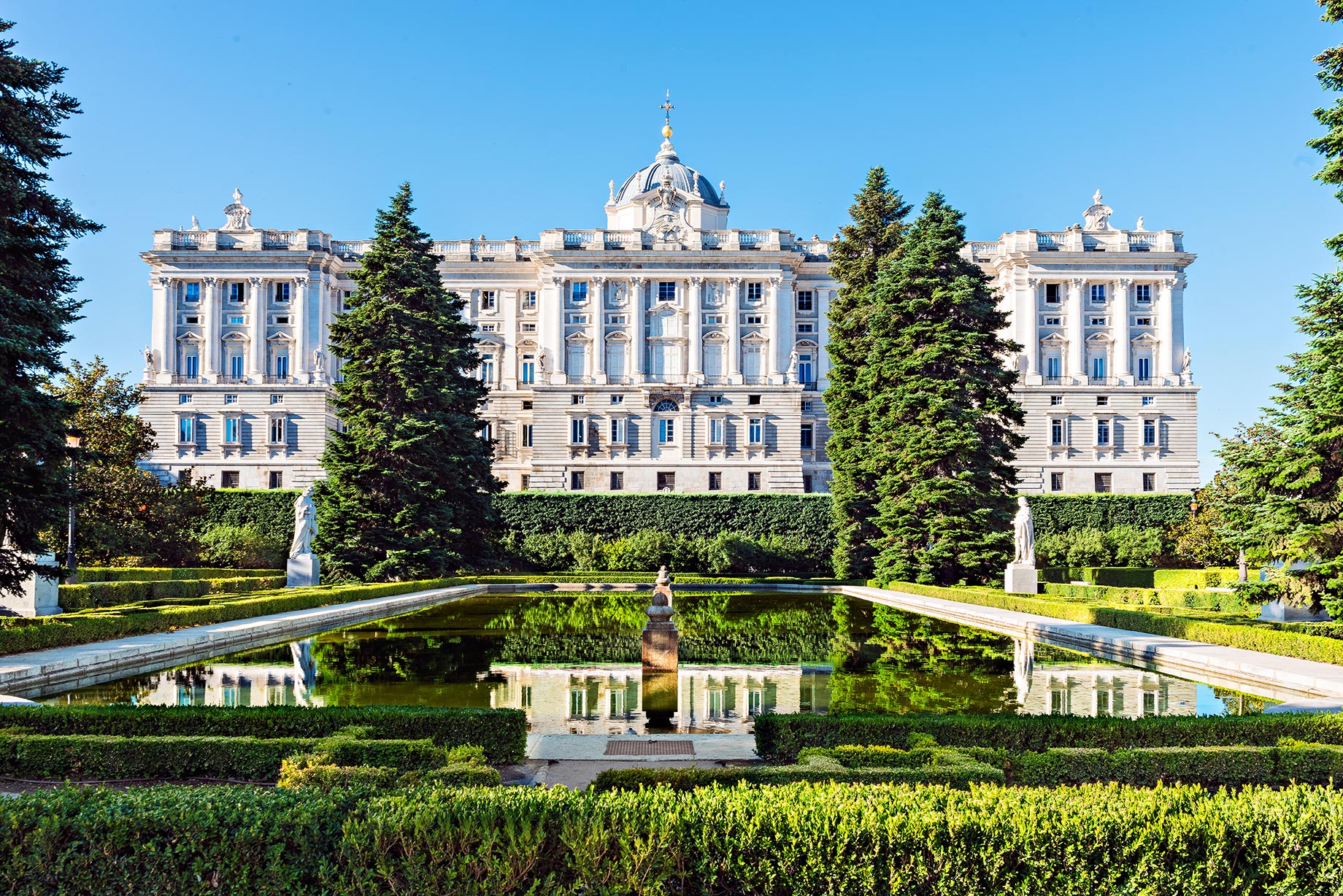
Nestled in the heart of the Spanish capital, the Royal Palace of Madrid exemplifies the power and prestige of Spain’s royal heritage. Built in the 18th century during Philip V’s reign, the palace was initially designed as a fortress but later evolved into a royal residence. With an impressive 3,418 rooms and an area of 135,000 square meters, the Royal Palace of Madrid ranks among the largest palaces in Europe. It remains the official residence of the Spanish royal family.
Visitors can appreciate the palace’s awe-inspiring Baroque architecture, adorned with intricate frescoes and elaborate decorations. Exploring the various halls, such as the Throne Room, the Gasparini Room, and the Porcelain Room, reveals priceless artwork and exquisite decor, including pieces by renowned Spanish artists Francisco Goya and Diego Velázquez. The Royal Palace of Madrid offers a fascinating journey through Spain’s royal history, allowing visitors to experience the nation’s magnificent past.
Visitors can purchase Royal Palace of Madrid tickets to explore this architectural masterpiece and gain insights into the history and culture of Spain.
Pena Palace: Portugal’s Romantic Masterpiece
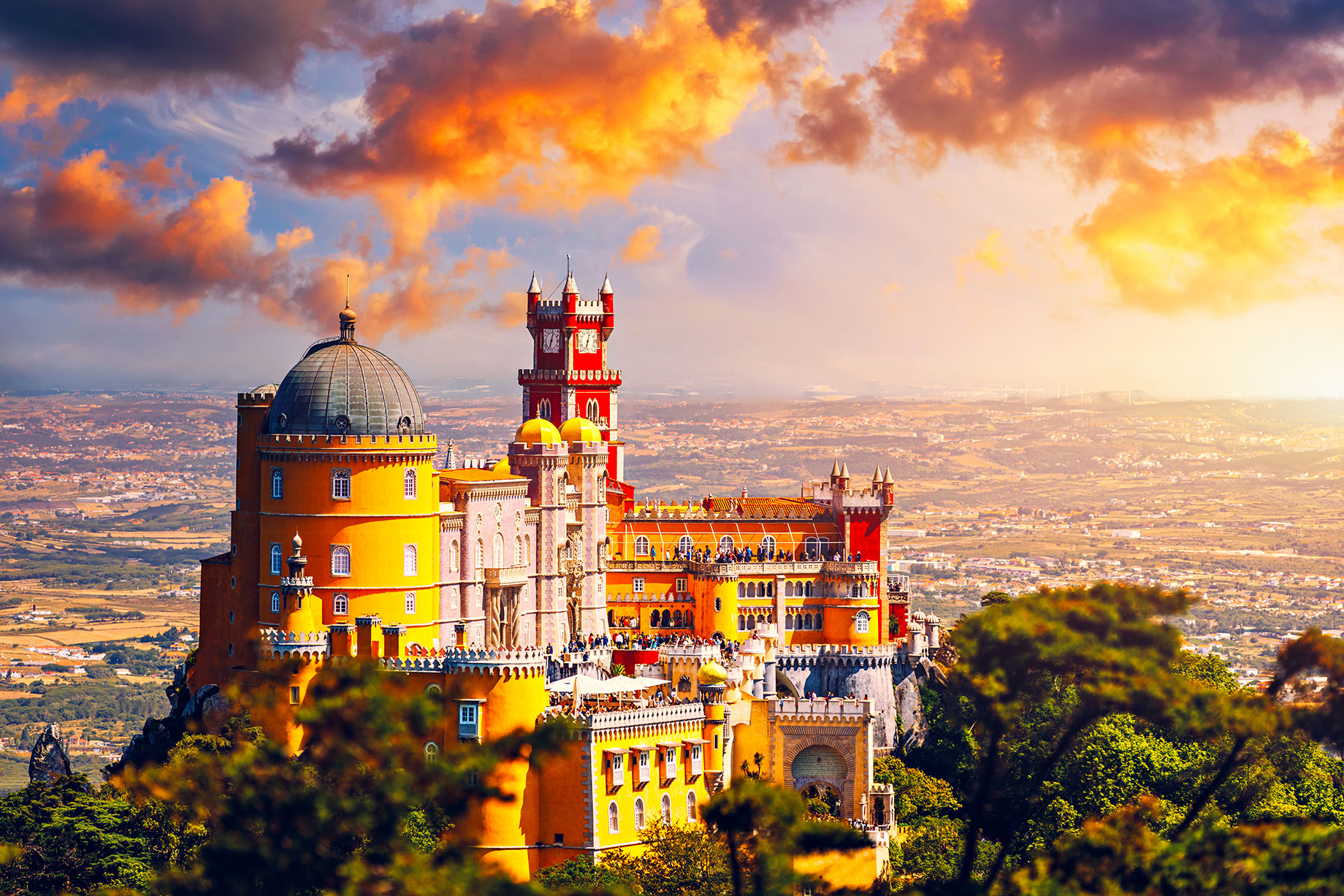
The Pena Palace, situated atop a hill in the charming town of Sintra, is a striking example of Romanticism in architecture, celebrating Portugal’s rich cultural heritage. King Ferdinand II commissioned this UNESCO World Heritage Site in the 19th century, which features an eclectic blend of Gothic, Moorish, and Manueline styles, representing Portugal’s diverse historical influences. The palace’s vivid colors, ornate carvings, and enchanting towers create a magical atmosphere that transports visitors to a bygone era of luxury and romance.
Touring the Pena Palace unveils lavish interiors once reserved for royal gatherings and intimate family occasions, so be sure to get your Pena Palace tickets early enough to beat the crowds. Highlights include the Great Hall, adorned with exquisite stuccoes and intricate frescoes, and the Queen’s Terrace, which offers panoramic views of the verdant palace gardens and the town of Sintra below. The terraced gardens, with their winding paths, exotic plants, and hidden grottoes, evoke a sense of mystery and wonder. The Pena Palace is an architectural marvel and a testament to Portugal’s rich history, making it an essential destination for anyone seeking to immerse themselves in the country’s cultural legacy.
Palace of Versailles: France’s Luxurious Legacy
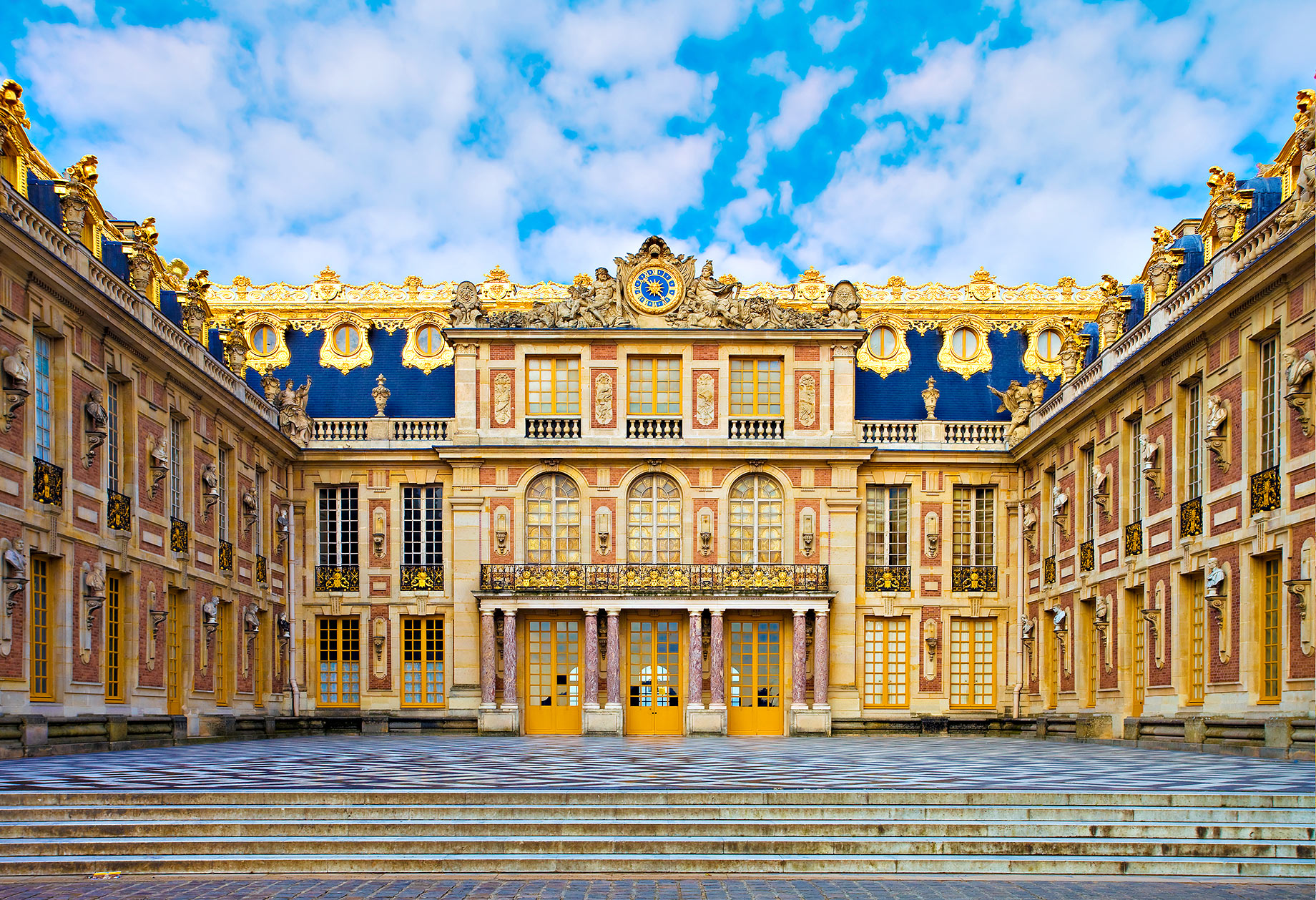
Situated just outside Paris, the Palace of Versailles epitomizes the splendor and extravagance of the French monarchy. Originally a hunting lodge for King Louis XIII, King Louis XIV later transformed it into a lavish royal residence that would become the center of political power and a symbol of France’s dominance in Europe. The palace’s architecture showcases French Baroque style, featuring grand facades, exquisite sculptures, and intricate ornamentation.
Visitors can marvel at the stunning Hall of Mirrors, an embodiment of royal luxury with gilded walls, grand chandeliers, and floor-to-ceiling mirrors. The palace’s extensive gardens, designed by landscape architect André Le Nôtre, are a testament to artistry and innovation, featuring manicured lawns, ornate fountains, and grand avenues that seem to stretch endlessly. The gardens also host the famous Musical Fountains Show, a delightful display of water choreography set to classical music. A visit to the Palace of Versailles offers insight into the opulent lifestyle of the French monarchy and the splendor of their golden age.
Hofburg Palace: Austria’s Imperial Gem
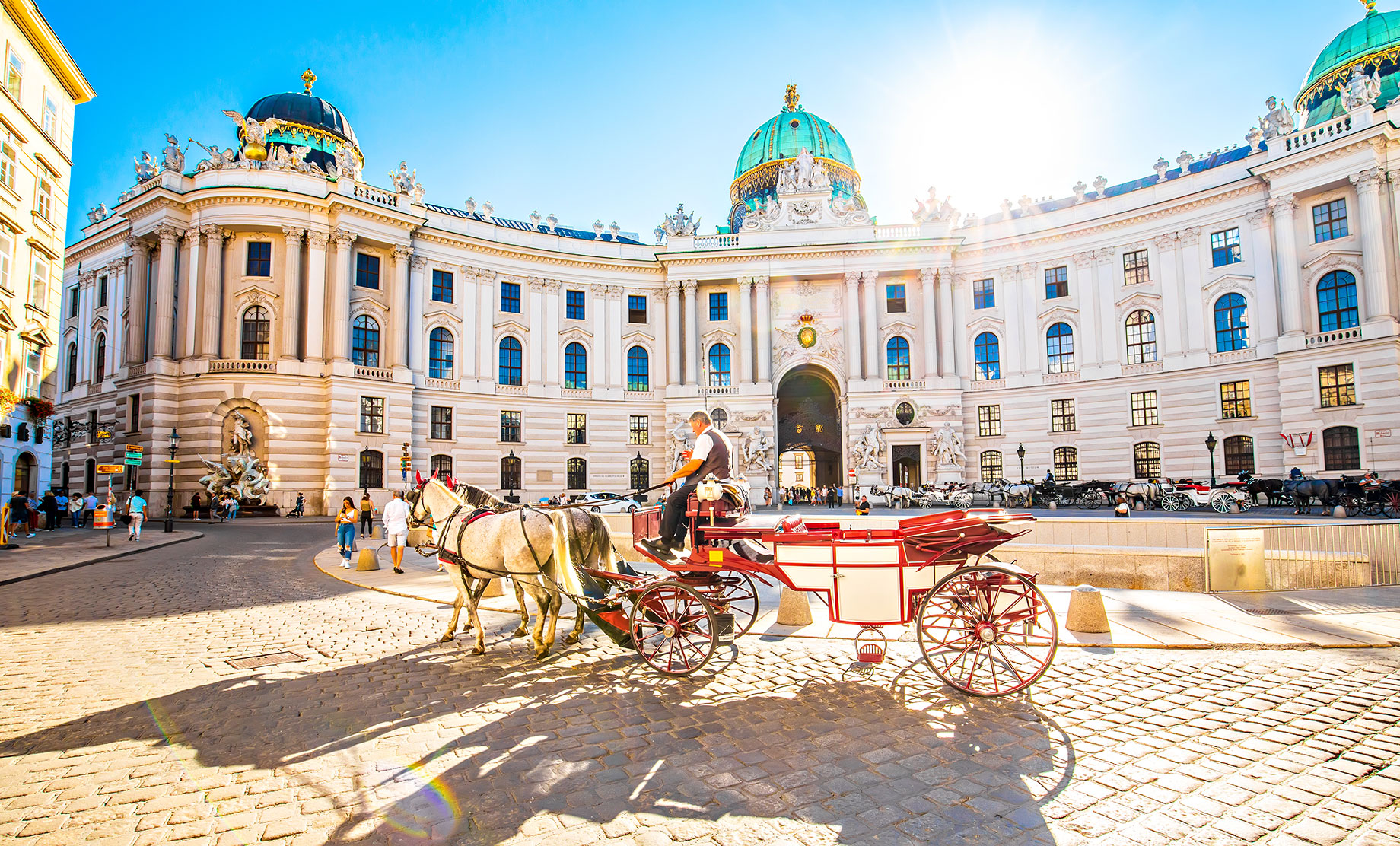
The Hofburg Palace in Vienna stands as a remarkable testament to Austria’s imperial history, having served as the primary residence and political hub for the Habsburg dynasty for over six centuries. The palace complex consists of a multitude of buildings and courtyards, showcasing architectural styles ranging from Gothic to Baroque to Rococo. As the Habsburgs expanded their empire, the Hofburg Palace was continually renovated and enlarged, resulting in a rich tapestry of architectural styles that illustrated the dynasty’s power and influence.
Visitors to the Hofburg Palace can explore the Imperial Apartments, which offer a glimpse into the daily lives of Emperor Franz Joseph and Empress Elisabeth, also known as Sisi. The apartments feature luxurious furnishings, ornate decorations, and valuable artwork, exemplifying the opulence and grandeur of the Habsburg reign. Another highlight of the palace complex is the Spanish Riding School, where visitors can experience the centuries-old equestrian tradition of classical dressage performed by the world-renowned Lipizzaner horses. The Hofburg Palace, with its remarkable architecture, storied history, and captivating attractions, is an essential destination for anyone interested in Austria’s imperial past.
Conclusion
Europe’s palaces stand as a testament to the continent’s rich and diverse history, showcasing the power, opulence, and architectural prowess of the royal families that once ruled. The Royal Palace of Madrid, Pena Palace, the Palace of Versailles, and Hofburg Palace are just a few examples of these awe-inspiring structures that captivate visitors from around the world.
Each palace offers a unique experience, enabling visitors to delve into the history and culture of their respective countries. By exploring these palaces, tourists can gain a deeper understanding of Europe’s past and the lives of the royals who once wielded power. With their exquisite architecture, lavish decor, and beautiful gardens, these palaces provide a glimpse into the majesty of royalty and continue to be an essential part of any European itinerary.

